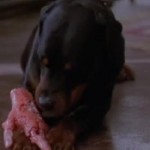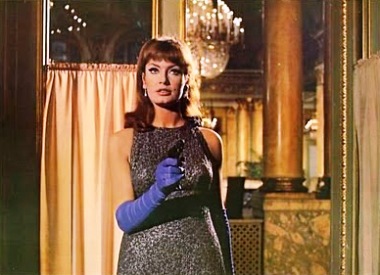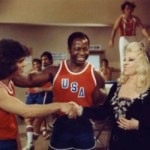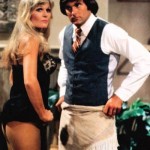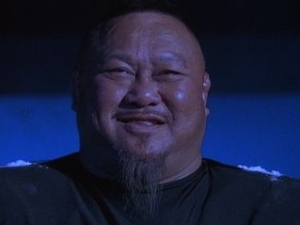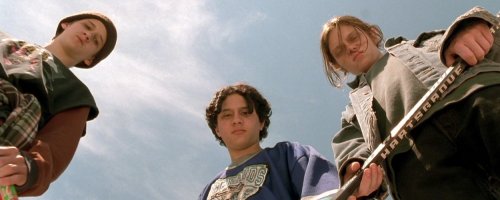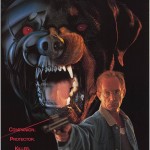
“Nature created him.
Science perfected him.
But no one can control him.”
Max is a genetically altered Tibetan mastiff and creepy Dr. Jarrett’s “pet project” at the EMAX laboratories. Lori Tanner (Ally Sheedy) is a crusading journalist out to expose the atrocities committed against defenseless animals by Jarrett (Lance Henriksen) and his ilk, but manages to accidentally free Max in the process. When Max fends off a purse-snatcher (fatally, unbeknownst to Lori), she decides to keep him, much to the dismay of her boyfriend.
In the clip below from Man’s Best Friend (1993), a couple of neighborhood kids, Rudy (J.D. Daniels) and Chet (Bradley Pierce), goad Max into taking care of an obnoxious neighborhood cat. Check out the cheeky music. For a film ostensibly about animal experimentation gone wrong, there seems to be a sadistic glee in this scene. As someone horribly allergic to cats and less than sympathetic to their plights, I must confess I find it at least a little humorous, mostly because of the unrepentantly over-the-top style in which it is filmed.
After working on the script for Child’s Play and directing its sequel, John Lafia wrote and directed this awkward entry into the “When Animals Attack” genre. Max is clumsily treated as both antagonist and victim, while Ally Sheedy exposes her limitations by largely playing it as a Lifetime “Woman in Jeoprardy” Movie of the Week. The supporting cast at least has fun with the material and appear to identify that they’re all working on a B-picture that could easily have been part of Roger Corman’s portfolio two to three decades prior.
Since it is made clear that Max understands human speech and has the capacity for reason, his assault of Rudy’s innocent pet Collie certainly constitutes rape played for laughs, and it’s none-too-subtly implied that a similar fate might await clueless Lori. Max is so intelligent, he bites through the brake line in her boyfriend’s car and detects a poison hamburger, discarding it in the toilet and flushing it down. Suddenly, it’s Fatal Attraction with a dog and the dog’s winning.
Showing her ineptitude for investigative journalism is at least consistent, Lori identifies a local junkman (William Sanderson) as a prime choice for Max’s new home. Because, as everyone knows, junkyard dogs are beloved members of the community and treated with the respect and dignity they deserve. Yeah, so the moment her back is turned, said junkman takes a shovel to Max to teach him who’s boss. Predictably, Max does not take kindly to this form of tough love and bites his attacker in the “junk”.
Returning home, Max has had enough of the boyfriend and his noise, so he drags him out of the closet where he’s cowering and pisses acid in his face. Acid. Yeah, I’ve got no idea either. The closest explanation I can find lies in the poster art in the upper left there, showing Max as a *spoiler* cyborg rather than genetically manipulated. Apparently, plans to reveal a Terminator-style metal skeleton were scrapped, probably due to budget constraints, surely not because it would look goofy (re: swallowing cat whole).
All the while, Dr. Jarrett is relentless hunting down Max, warning the slovenly authorities that “in the right hands, Max can save thousands of lives. In the wrong hands… he can be a deadly weapon.” While the movie may have intended to show the folly of radical science and genetic tampering in particular, Jarrett and Max are the only two people with a brain. This is sadly one of those films where you’ll end up wishing the body count was big enough to include the entire cast of characters. The stinger at the end implies the possibility of a sequel, but in an era when horror franchises seemed to spring up like dandelions, this one died not with a bang, not with a bark, but with a whimper.
Please join us for the rest of these infamous “Dog Days of Summer” as we count down
“A Dozen Diabolical Dogs”.


